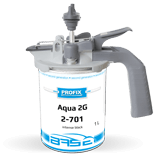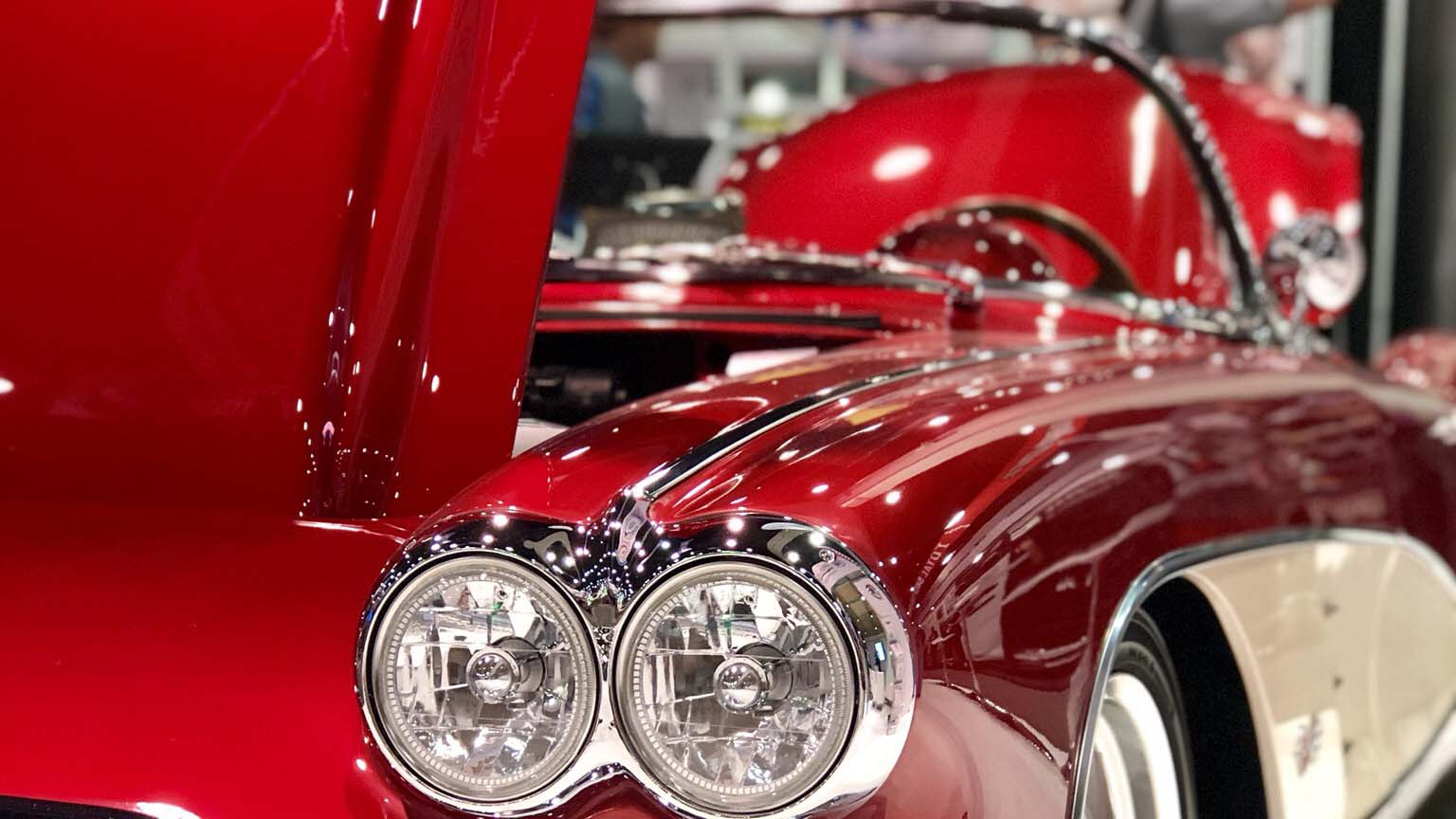Recently added
Most read
Why use the water-soluble lacquers, when the conventional ones are available?
Anti-corrosion cover in the in the renovation lacquering
Anti-corrosion cover in the in the renovation lacquering
The lacquer of our car is similar to the iceberg.
Namely, we can see only the "tip", i.e. ⅓ the entire lacquer coating. The remaining part of the lacquer is hidden from our sight, but it is it that decides how long we can enjoy the perfect appearance of the coating.
It should be emphasized that the factory lacquering, in particular the anti-corrosion coating, is applied in a different way than during repairs of the lacquer. In the vehicle factory, the anti-corrosion primer is applied by bathing the whole body, and then heating at high temperatures. Such conditions cannot be implemented in the workshop. Despite this fact, the manufacturers of the renovation lacquers coped with this challenge and offer complete repair technologies, which sometimes exceed sustainability of the original factory protection of the coatings.
The challenge for the manufacturers of the renovation lacquers involves appropriate selection of the type of the preparation, depending on the type of the material used to construct the vehicle. Today's bodies are a peculiar combination of different materials, including aluminium, steel and plastic. For this reason, it is important to select the appropriate materials and technologies for repairs, in order to effectively reconstruct the body protective qualities.
As it was mentioned above, the vehicle lacquer consists of several layers, each of which has the specific task assigned.
- Depending on the assigned role, they are divided into:
- anti-corrosion layer,
- insulating primer layer,
- decorative top layer.
Both products are applied using the spray guns. Let us start with the advantages of these two products. Reactive primers applied in very thin layers (5-15 m). Diluted phosphoric acid is the activator of these products. As a result of contact with iron, we obtain phosphate film, forming an effective barrier against the corrosive nature of the factors. Due to the properties, the reactive primer provides a very high degree of corrosion protection. In turn, the advantage of the epoxy primers is excellent adhesion to metal and strong cross-linking, which provides an excellent barrier to water. It is known that water is the main factor in formation of rust. After drying, epoxy can be filled. Epoxy primers show one major disadvantage, i.e. long curing time.
The reactive primer, in turn, has some restrictions that need to be followed, i.e. polyester products, mainly filler, are not allowed to be imposed on it, because the adverse chemical reaction occurs and lack of adhesion occurs as a result. Wash Primer is not allowed to be the only primer imposed on the repaired surface, because firstly it will create too thin cover, and, secondly, base lacquers are not allowed to be applied on it. On the base layer, lacquer discolouration can occur due to the influence of phosphoric acid particularly strongly visible on bright colours, e.g. silver.
Using the primers: reactive or epoxy, we can use the wet method, i.e. wet-imposing of the next layers of the filling primers. This technology of application allows for better adhesion between the layers, and what is important, we significantly shorten the repair time.









